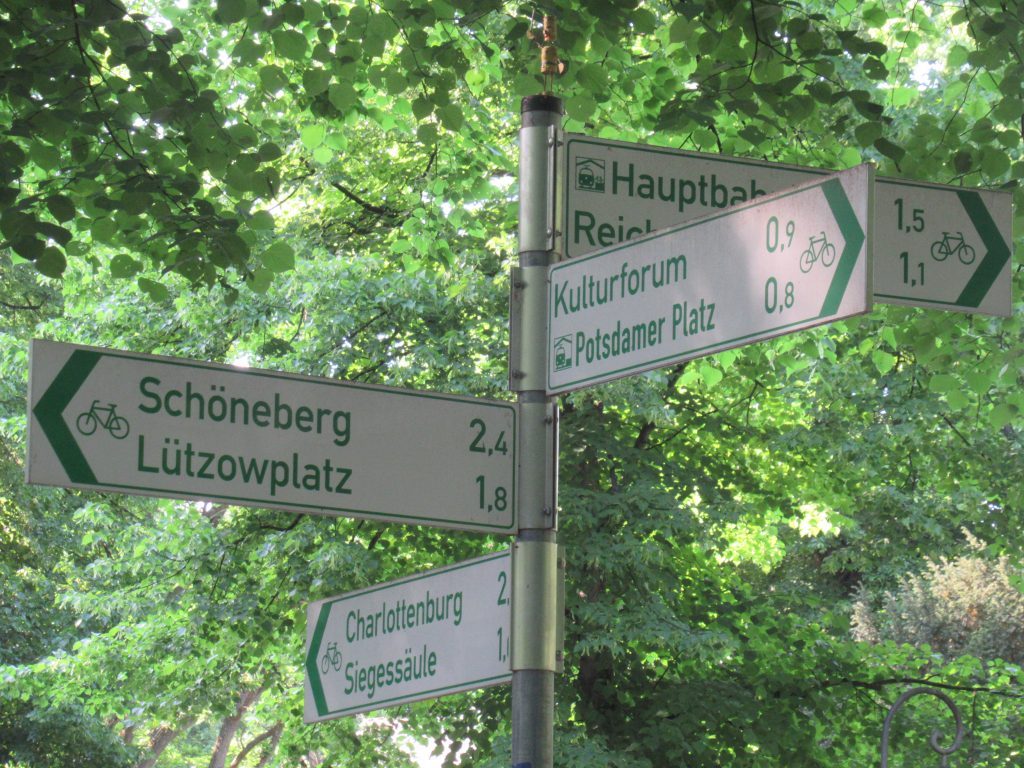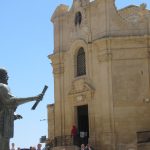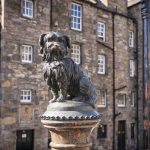There might be fewer ‘must-sees’ in the western half of Berlin than further east, but they are winners: a glorious park which began life as a 16th century royal hunting ground and is today the green heart of everyone’s Berlin; and a fascinating church, rebuilt after the devastation of World War II, combining the remains with a beautiful new church, forming both a memorial of reconciliation and a modern place of worship. Oh, and the city’s very classiest department store. We guide you round the Tiergarten and The Ku’Damm, and fill in the history and culture which will enhance your visit.
The Tiergarten: Berlin’s largest park

The Tiergarten, originally a 16th century royal hunting ground, was given to the public by Frederick the Great in 1742 and the acres of woodland, lakes and footpaths have been enjoyed by generations of Berliners ever since. Today it is still the ideal place for a walk; it takes an hour to cross it, but you can find shorter routes in the maze of little paths. It’s perfect too for a picnic, a boat ride on the Neuer See lake or the chance to sit and admire the sunlight dappling through the canopy of branches above you.
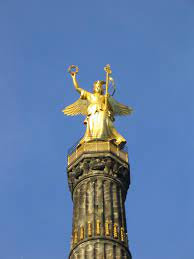
Five main roads cut through the Tiergarten, meeting in the middle at a roundabout – the ‘Grosser Stern’ – where you will also find the enormous red granite Siegessäule, or Victory Column, erected in 1878 to celebrate victories over Denmark, Austria and France. Today, you can climb up to the viewing tower, just as West Berliners did during the Cold War if they wanted to peer over into East Berlin. Up on top is a golden winged goddess with a strange mix of peaceful and warlike emblems, namely a laurel wreath and a battle standard crowned with an iron cross.
The best known road through the Tiergarten is the Strasse des 17 Juni, re-named by the West Germans in 1953 to ensure that the East Berlin uprising of that date, crushed by East German police and Soviet tanks, would not be forgotten even though the two Germanies were divided. Today, the centre of the Tiergarten becomes the ‘Fanmeile’ where football fans can watch World Cup matches on big screens and it’s the starting point for the Berlin Marathon.
The Ku’damm: Berlin’s Champs Élysées?
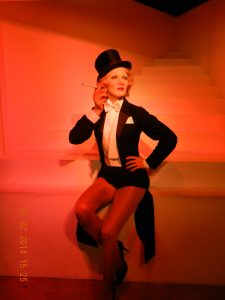
The Kurfürstendamm, or Ku’damm for short, is Berlin’s fanciest shopping street, a Parisian-style boulevard, famed in the Golden Twenties (1920s) for its glamour and glitz. In ‘Weimar Culture’, Peter Gay described the area’s heady nightlife as centring on ‘transvestite balls, where hundreds of men in women’s clothes and women in men’s clothes, danced under the benevolent eyes of the police.’ This area was also the heart of intellectual Berlin, packed with publishing companies, newspaper offices and cafes where intellectuals like the authors Erich Kästner and Joseph Roth or the artist Otto Dix liked to gather.
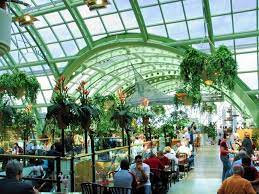
Today, the Ku’damm area is mainly hotels, restaurants and shops including the hugely famous KDW on Tauentzienstrasse. The letters stand for Kaufhaus des Westens (meaning ‘the west’s department store’) and date from its opening in 1907. They took on a new significance during the Cold War, when this shop symbolised the prosperity and luxury lifestyle enjoyed in West Berlin, yet unattainable in East Berlin. Today you will find 8 floors of luxury goods including a fabulous food hall. The top floor Winter Garden restaurant seats 1000 and has huge windows for a spot of sedentary sight-seeing. It’s not hugely expensive and you can stop for coffee and a slice of cake if you don’t want a full meal.
Berlin’s Most Moving Church?
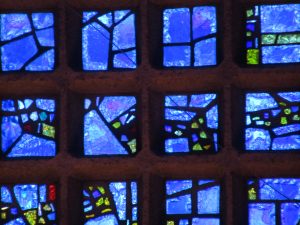
The main landmark in this part of Berlin is the Kaiser Wilhelm Memorial Church. The original church, built in 1895, was almost completely destroyed by allied bombing, and it was decided to leave the few remains standing, and to build a new church alongside it. Inside its concrete honeycomb are 20,000 stained glass inlays, mainly in a vibrant blue, offset by little patches of ruby red, emerald green and golden yellow. It is stunning.
In the hall next door, built around the remains of the old tower, are display panels telling the building’s story and moving exhibits including the battered Christ figure from the original altar and the Cross of Nails, made from nails from the ruins of Coventry Cathedral. This gift to Berlin from the City of Coventry, itself so damaged by wartime bombing, was made in the spirit of reconciliation.
Another Berlin Institution: The Zoo
Famed originally for its art deco architecture and huge range of species, Berlin Zoo was almost completely destroyed in the war when only 90 animals of over 3000 survived. But it too was rebuilt. Famous past inhabitants include Knautschke the hippo, who survived World War II and Knut the polar bear, who was hand-reared in the early 2000s after his mother abandoned him, but then drowned in 2011. Look out for his memorial statue. The latest stars are the pandas, Meng Meng and Jiao Qing, gifted by China in 2017, whose enclosure was opened by Chancellor Angela Merkel herself and whose successful production of twins was featured on a live blog and replayed world-wide on channels as CNN.
You can easily spend at least one day in this part of Berlin if you want to enjoy all these sights at a leisurely pace. A few stops further west on the U Bahn will take you to the Palace of Charlottenburg.
Listen to the POdcast
Further reading
Weimar Culture by Peter Gay (1968)
Links For This Post
The Tiergarten
The Victory Column
Kaiser Wilhelm Memorial Church
KDW department store
KDW Winter Garden Restaurant
Berlin Zoo
Previous episode Berlin’s Unter den Linden
Next episode Four Berlin Squares
Last Updated on July 20, 2024 by Marian Jones

